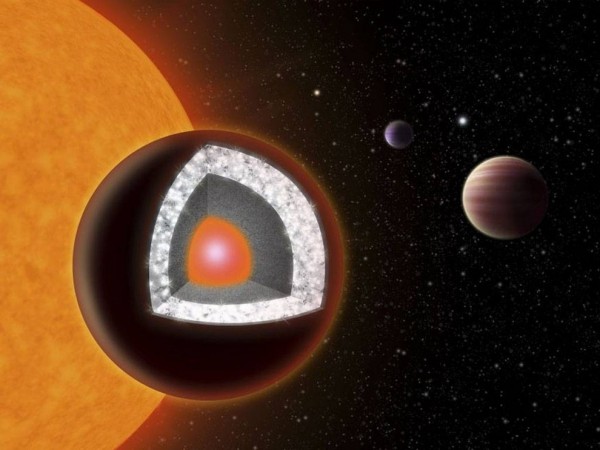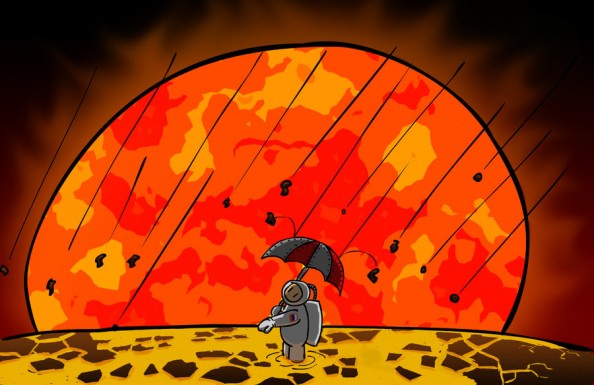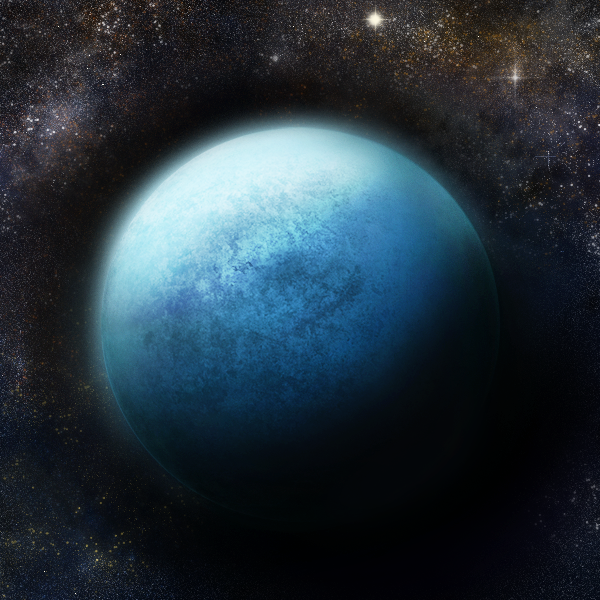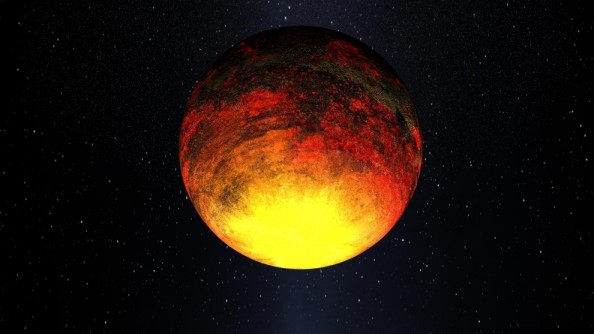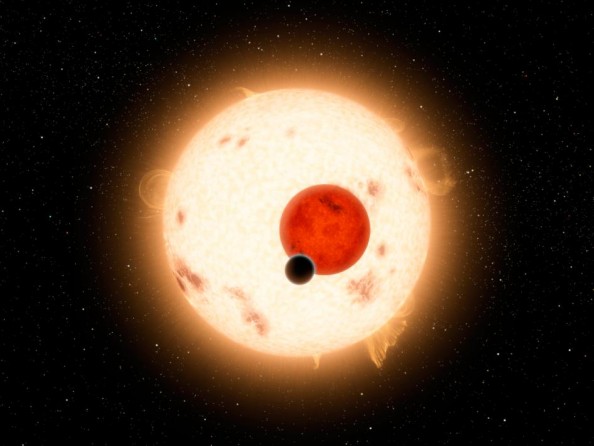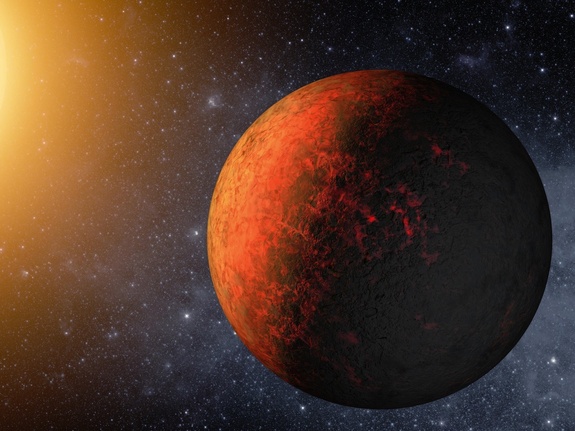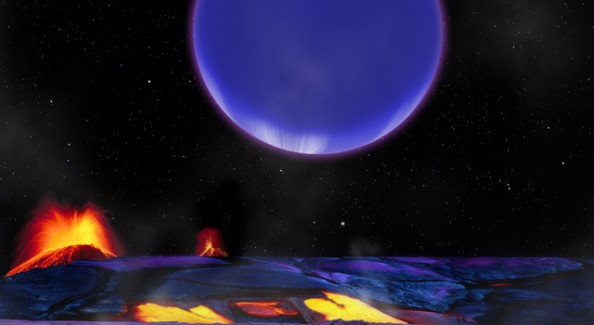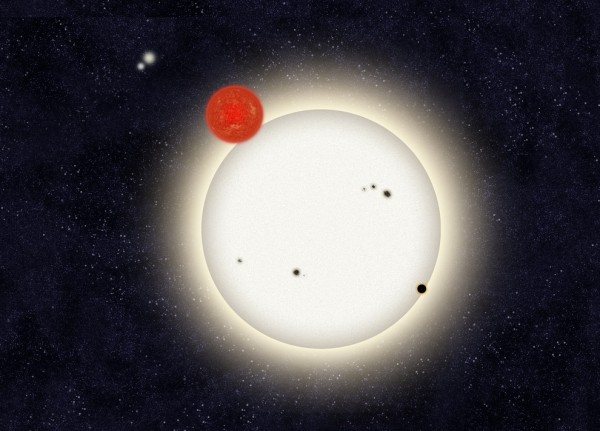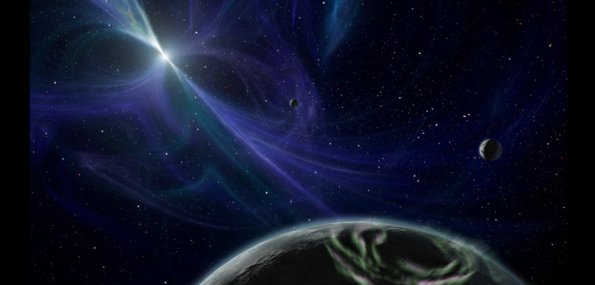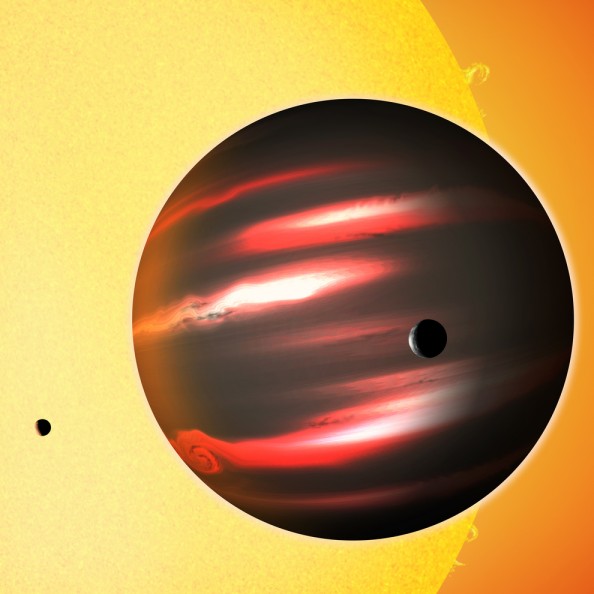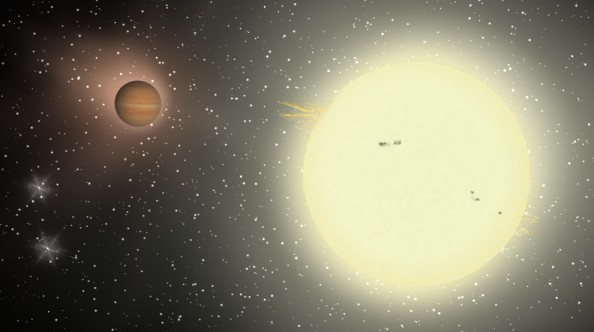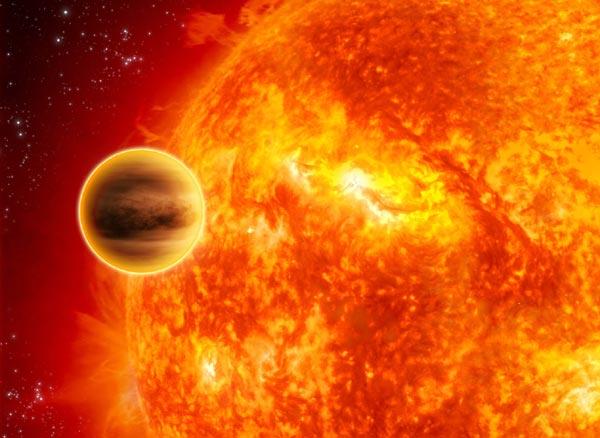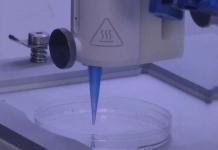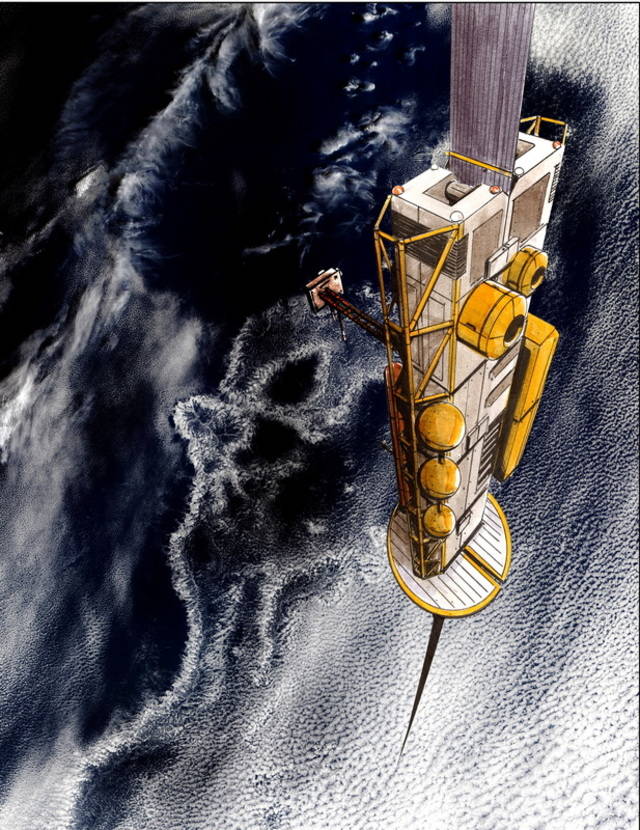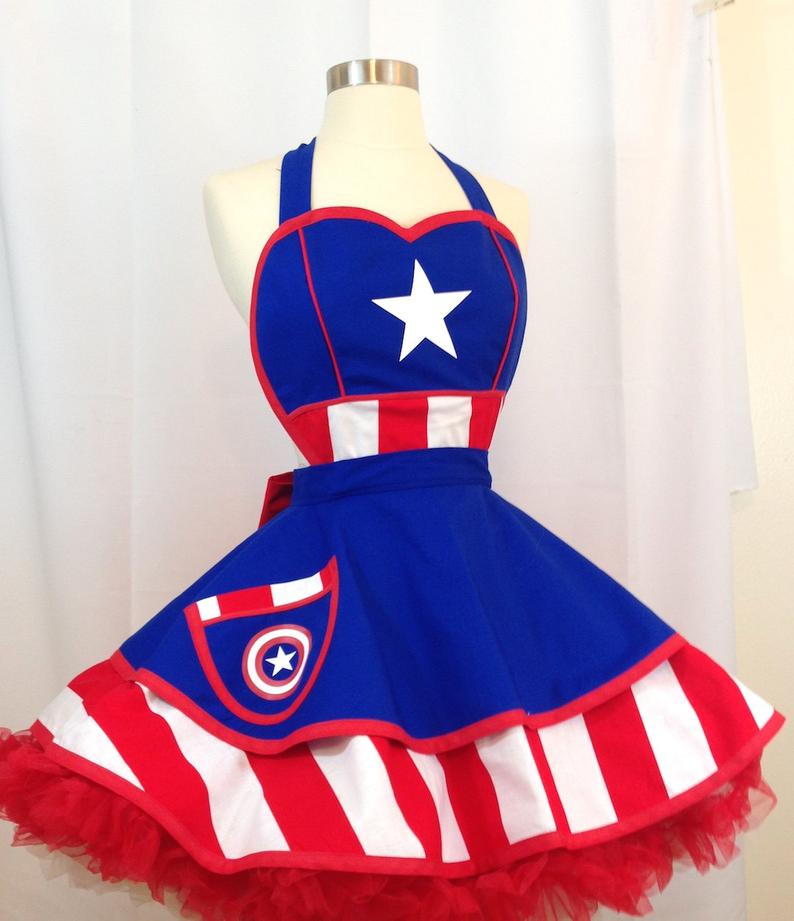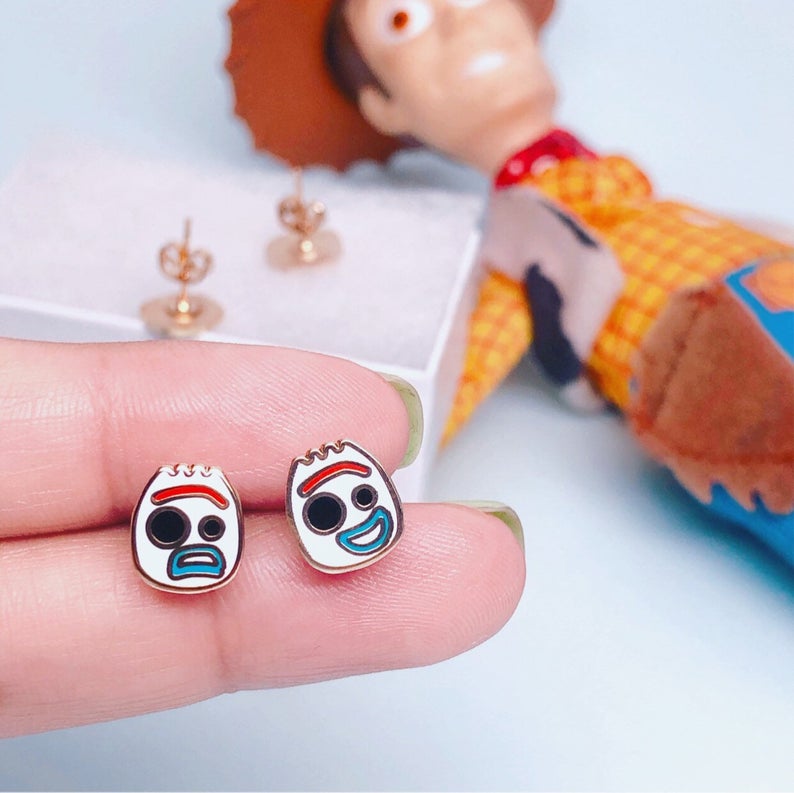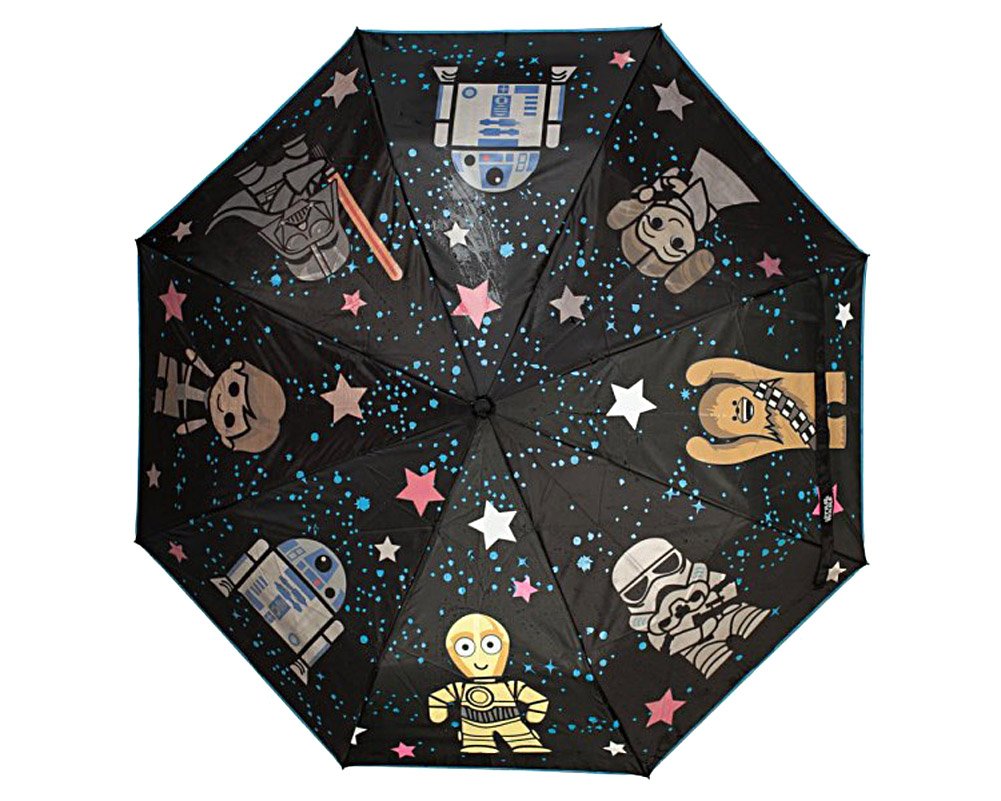Thanks to the incredible Telescopes being developed, scientists know more than ever about planets that are millions of light years away from us. Unfortunately, even the most beautiful of them usually have some inherent flaw that make them extremely inhospitable to any life form.
55 Cancri e
About a third of this planet’s mass is made out of pure diamond, so no, it’s not something we can live on.
CoRoT-7b
With surface temperatures that range from 2000 Celsius to -200, and it probably harbours oceans of lava that are rained down upon by rocks. (Art by Fulbert)
HD 189733b
With winds that reach speeds of 7000 kilometers per hours, there’s a good chance that its surface is plagued with glass rain due to the silicates that form in its atmosphere.
Kepler 10b
It is only 1.4 times the size of Earth, yet it is far more deadly when it comes to hosting actual life on it. The problem is its proximity to its star (closer than Mercury is to our sun). There’s also this: flecks of silicate and iron might boil off its day side and get swept away by radiation.
Kepler 16b
A planet that many refer to as the real-life Tatooine, because it has two stars it orbits – one is a red dwarf, the other a sun similar to ours.
Kepler 20e
It’s probably Geologically active, and is completely covered with volcanoes. A year on the planet lasts only six Earth days.
Kepler-36b and Kepler-36c
One is the about the size of Earth, the other of Neptune. They both orbit the same star in the same solar system, but they’re also pulled to each other by gravity, getting extremely close to each other every 97 days. They’ll never collide, but they do stretch and squeeze each other when they get close.
PH1
A gas giant that’s about the size of Neptune, but its true specialty is that it is part of a four star system.
PSR 1257 b and PSR 1257 c
The first exoplanets ever found, they both orbit a star that’s almost completely made out of Neutrons. The supernova that formed that star probably stripped
TrES-2b
A planet that is around the size of Jupiter and is almost entirely pitch black, reflecting just 1% of the light that falls on it. The faint red glow is caused by the temperature on its surface, which is at nearly 1000 Celsius.
TrES-4
It’s almost twice as big as Jupiter, but it’s less massive, with scientists thinking the low density is caused by the escaping atmosphere, resembling the tail of a comet.
WASP-12b
A planet that is the size of Jupiter, but is a bit too close to its star, and its atmosphere is being ripped apart at a rate of about 189 quadrillion tonnes per year, giving it 10 million years before it evaporates.
For a look at planets that we might actually be able to live on, or are very close to offering the right conditions, check out the 10 most livable planets.

